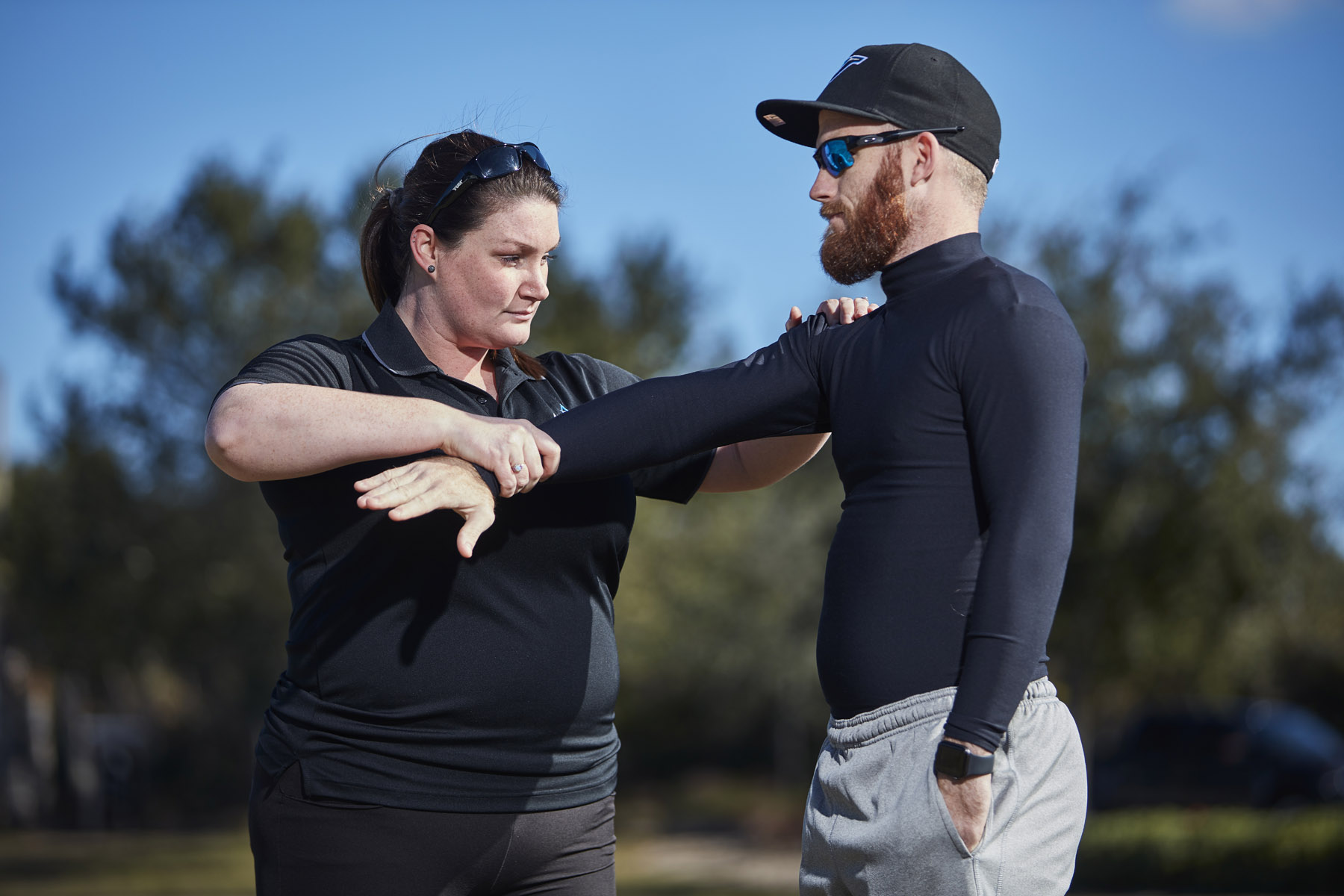BACKGROUND:
To compare the activation of shoulder and trunk muscles between six pairs of closed (CC) and open chain (OC) exercises for the upper extremity, matched for performance characteristics. The secondary aims were to compare shoulder and trunk muscle activation and shoulder activation ratios during each pair of CC and OC exercise.
METHODS:
Twenty-two healthy young adults were recruited. During visit 1, the 5-repetition maximum resistance was established for each CC and OC exercise. During visit 2, electromyography activation from the infraspinatus (INF), deltoid (DEL), serratus anterior (SA), upper, middle and lower trapezius (UT, MT, LT), erector spinae (ES) and external oblique (EO) muscles was collected during 5-repetition max of each exercise. Average activation was calculated during the concentric and eccentric phases of each exercises. Activation ratios (DEL/INF, UT/LT, UT/MT, UT/SA) were also calculated. Linear mixed models compared the activation by muscle collapsed across CC and OC exercises. A paired t-test compared the activation of each muscle and the activation ratios (DEL/INF, UT/LT, UT/MT, UT/SA) between each pair of CC and OC exercises.
RESULTS:
The INF, LT, ES, and EO had greater activation during both concentric (p = 0.03) and eccentric (p < 0.01) phases of CC versus OC exercises. Activation ratios were lower in CC exercises compared to OC exercises (DEL/INF, 3 pairs; UT/LT, 2 pairs; UT/MT, 1 pair; UT/SA, 3 pairs).
CONCLUSION:
Upper extremity CC exercises generated greater activation of shoulder and trunk muscles compared to OC exercises. Some of the CC exercises produced lower activation ratios compared to OC exercises.



